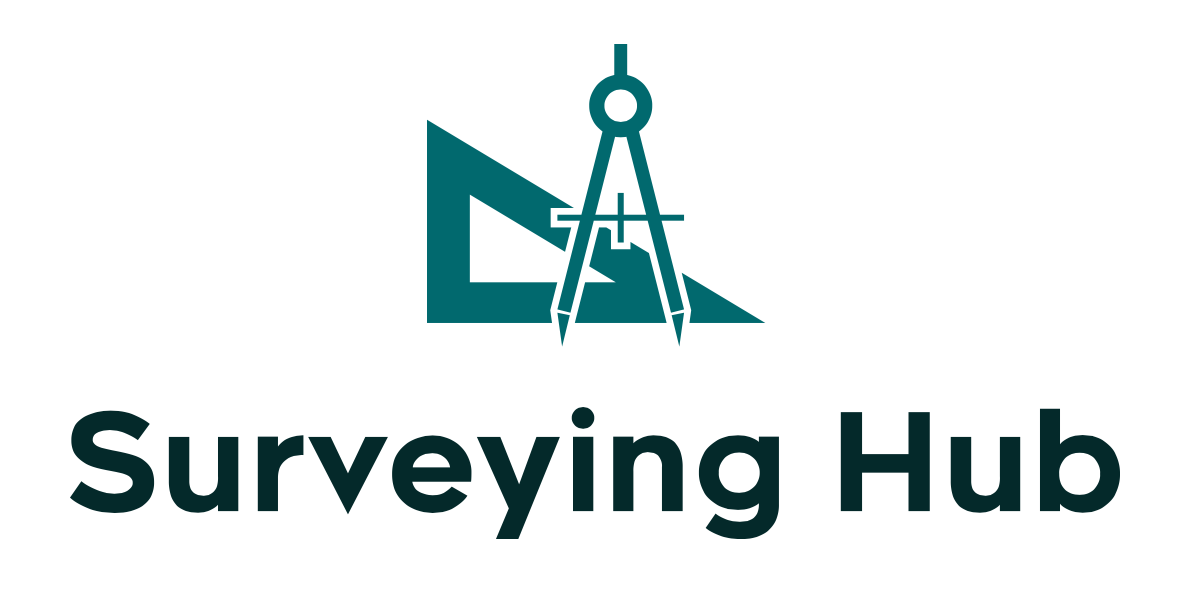Hi,
when I stake out a point using TILT System the position differs about 10 cm when I am turning around the IMMO7 Receiver. The stake out position seems to depend on the direction of the receiver. It seems, TILT does not work correctly. Ihope, I did not produced too many hidden mistaces in last half year.
Last time there was the problem with elevation and TILT.
I hope you can help dear comunity.
Hello Lute,
You can download this application, SurvX, for calibrating E-bubble. After that it can improve the accuracy of IMU. The steps videos and the *apk file are here.
Best Regards,
SOUTH_Tao
Hello SOUTH_Tao,
thank you for your instructions, but it dose’nt work. I installed SurvX and calibrated the elctronic bubble. The message was: calibrated successfull. The registration of SurvX shows successfull too but it is not because no other function is available. I use Field Genius for Android for my measurements and therefore I brlieve SurvX is the wrong Software for calibration. A testmeasuremen brings the same results as brfore. When I turn around the INNO7 the position differes about 5 cm. This is an error from system side and a surveyor cant accept systematical errors of 5 cm. I had to stake out the corners of a house and it was not possible to get correct diagonals.
Is it possible to solve this problem or the system is for the fish.
Best Greetings
Lute
Hello Lute,
What precision do you need? If RTK is used, in the corner, no matter which manufacturer’s equipment, it can only achieve this result. In fact, the accuracy of 5cm (related to the tilt angle, the stability of the speed measured after tilting, the characteristics of the module itself, the shielding of the test site, the performance of the main board of the host, etc.) is already at the normal level. In other words, 5cm contains not only satellite positioning error, but also inertial navigation error. Moreover, building occlusion will also affect the accuracy. With the development of RTK technology, the accuracy has been greatly improved, but it can not reach the level of 1-2cm. If such high-precision data is required, total station is recommended.
RTK and total station are two modes. The reason for still coexistence is that they cannot completely replace each other. If the accuracy of RTK can be accepted, the operation efficiency will be greatly improved. Selecting RTK will sacrifice some precision, and selecting total station will sacrifice efficiency.
Best Regards,
SOUTH_Tao
Hi SOUTH_Tao,
thank you for your explanation, I know that this conditions can influence the results of GNSS measurement. But whot I don`t understand is: when I measure the same point two times within 1 minute only with the difference of moving the rover from the first to the second measurement, I hope the results are the same, but they are not (5cm in worst case).
Best Greetings
Lute
Hi SOUTH_Tao,
a further question: in MicroSurvey FieldGenius Androis Software is a function included to calibrate the TILT sensor (not the shake of the rover). I used this function two times without success. Now I don’t find this function anymore. The manual to INNO7 explains this function too. How can I find this function in FieldGenius Android?
Thanks Lute
Hi
I think there is a very simple solution for my problem. I have to initialize TILT by shaking the rover in a special wise. The survace of rover has to show to me and I have to shake in direction of surface and my face looking to rover. In this case I have precision of 1 cm and better. If I shake rover orthogonal to this direction I have a difference of up to 10cm. Has this test a basis? Can anybody confirm this?
Best Greetings
Lute
Hi Lute,
Thanks for your feedback. I will test it next Monday.
Best Regards,
Tao
Hi Tao
do you have tested it? Can I have a feedback? I follow the thread with Thomas. It seems he has the same problem. Is a new firmware for TILT System available for INNO7.
Thanks Lute
